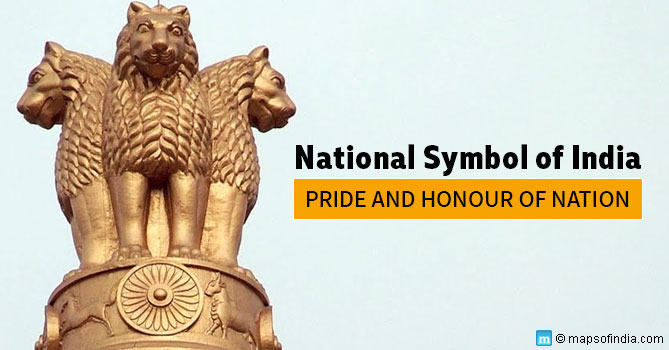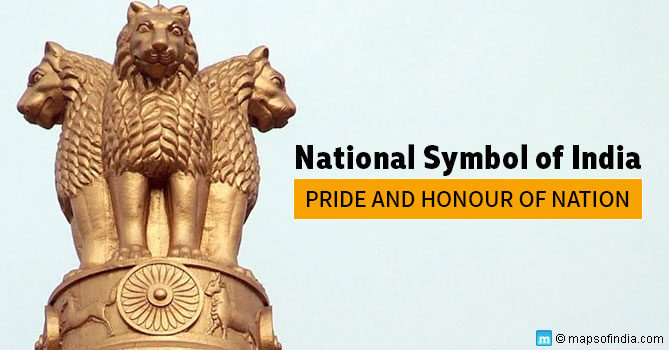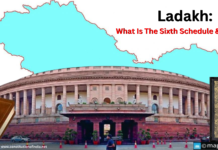Our National Emblem is a matter of pride for every citizen and is irreplaceable in a true sense from our hearts and minds.
The National Emblem of India holds a special place in both the history and the present of India. The symbol exudes pride, confidence, power, and courage. The Emblem is adapted from Ashoka’s Lion Capital situated at Sarnath. The day it got adopted is also historic, as it was officially adopted on the day India became a republic, January 26, 1950. Currently, the symbol is kept at Sarnath Museum in Varanasi since 1910. The Emblem is preserved with special care at specific conditions of temperature (200-240 °C) and humidity (45-55%) and is guarded with tight security by the skilled police force of Uttar Pradesh.
Significance
The National Emblem commands high respect and is used only for official purposes and events of national importance. It appears on all Government’s official letterheads, Indian currency, and passports. It is the official seal of the state governments and even the President of India. Even our country is recognised at an international level through the Emblem.
Structure and Design
The interesting design of the Sarnath capital is truly captivating, gloriously displaying the lions and Dharma Chakra. The Emblem features four lions that stand back to back, making only three of them visible. The lions are placed on the circular abacus, below which are featured a galloping horse and bull separated by a wheel, called the Wheel of the Law (aka Dharma Chakra in Hindi). Below the Abacus is inscribed the now-famous quote from Mundaka Upanishad in Devanagari script- Satyameva Jayate – which translates to Truth Alone Triumphs. The original Sarnath capital, however, also featured a lotus in a full-bloomed stage, symbolising the fountainhead of life.
History and Symbolism
The original Lion Capital is believed to be first erected at the top of the Aśoka pillar at Sarnath, which is an important Buddhist site and is considered to be the place where Buddha first declared the gospel of peace. Built-in 250 BC, the pillar is also called Aśoka Column and is still there. Emperor Ashoka after huge bloodshed in Kalinga reconsidered his life approaches. Filled with remorse, he opted for the path of non-violence and Buddhism. After turning Buddhist, he built a number of sculptures, Stupas, and religious sites. The Lion Capital is the most famous architecture under his name.
The Lion Capital is heavily influenced by the Buddha’s teachings and ideology. The four lions symbolize the four noble truths. The capital as a wheel depicts the spread of Dharma in all directions. It is also believed that a horse, bull, elephant, lion and a pair of feet represent the Buddha himself, as suggested by archaeological studies and ancient coins. Further, the lions placed looking at all the four directions also symbolise vigilance in all the directions.
The Dharma Chakra features right below the four lions, has 24 spokes which represent 24 hours in a day, signifying that time cannot be bounded and its passage is inevitable. It also provides teaching of always moving forward in life. The two animals, horse, and bull represented right below the abacus also hold great significance. The bull represents hard work and steadfastness, while the horse represents loyalty, speed, and energy.






